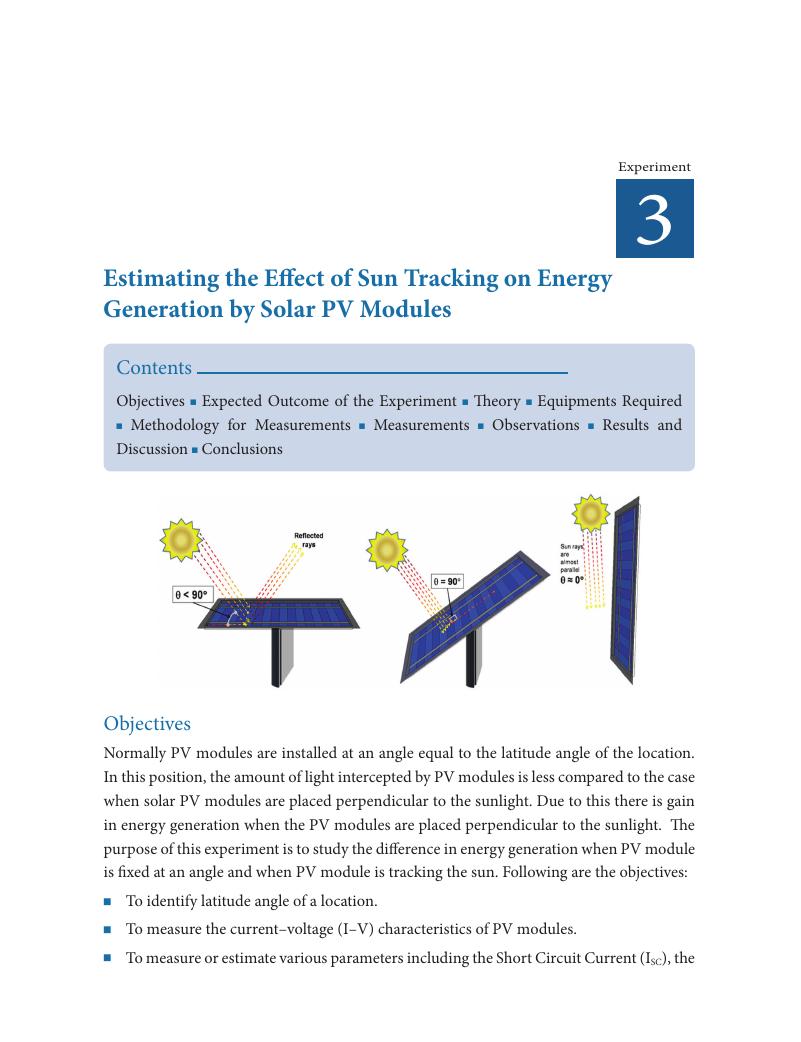

However, recent developments in this software have been lacking. The underlying physics in AMPS-1D is very general and remains rigorous across many different design structures and operating environments. Numerous layers and defects can be added to a device, giving users the flexibility to simulate almost any microelectronic device.

Within the program, users specify a device by inputting the material, optical, and defect properties to a layer. Stephen Fonash alongside post-doctorates at Penn State. In 1997, one such software called AMPS-1D (Analysis of Microelectronics and Photonic Structures) was developed by Prof. Software packages capable of batch simulations can be utilized to conduct a thorough structural and materials optimization (Al-Jumaili et al., 2014, Du et al., 2017, Hamri et al., 2019, Lin et al., 2019). Numerical simulation has become a valuable tool in studying solar cells as well as motivating new device structures. Among all the performance parameters, the fill factor was found to be most sensitive to the voltage bias step. When running the batch simulation on homojunction perovskite solar cells, the voltage bias step size was tuned smaller than 0.01 V in wxAMPS to produce data of higher accuracy than AMPS-1D. An occasional convergence issue was observed in calculating charge carrier densities in p-i-n device, in which case the slightly deviated JV characteristics can be mainly attributed to the tunneling models. It was found both hole and electron transport layers play critical roles in optimizing the power conversion efficiencies. High-efficiency Si solar cells in p-n and p-i-n junctions were further studied. It was evident that devices operating on the built-in electrostatic field achieved a higher efficiency (3%) than those on the effective field (0.05%) and Dember effect (almost zero). Conventional c-Si solar cells were then used to elucidate the origin of the photovoltaic response. We first delineated three new tunneling models introduced in wxAMPS: trap-assisted, intra-band, and band-to-band, and highlighted its salient features of the GUI, file I/O, data visualization, and numerical methods. Herein, we compiled information from literature and compared the wxAMPS simulation results with the software it was developed from, AMPS-1D. WxAMPS is a popular software widely used in simulating state-of-art solar cells however, the official documentation for it does not exist.


 0 kommentar(er)
0 kommentar(er)
